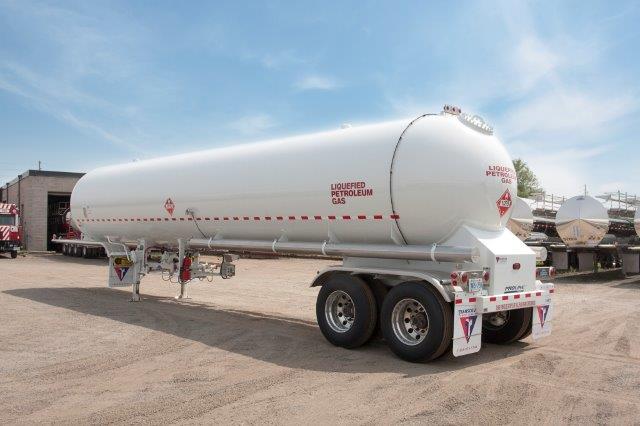Unload the tanker only after sunrise and before sunset and never during heavy rains, thunderstorms or lightning then check all documents relating to the tanker, such as LPG transport license, TREM card, SRV test report, driving license, invoice of LPG etc. Weigh the LPG tanker on the weighbridge and record readings properly. Fix spark arrestor to LPG tanker exhaust pipe before the tanker enters the LPG yard. Park the tanker on a hard stand and apply hand brakes and put wheel chokes on all the four wheels and then position the DCP fire extinguisher near unloading point. Turn ‘OFF’ the master switch of the battery.
Exit gate of LPG yard must always remain open during unloading operation and ensure proper earthing connections for tank and truck body. During unloading, the tanker driver and LPG yard operator should always be present at the site.
Connect both liquid and vapour balancing hoses to the tanker and check the rotogauge reading of storage tanks as well as that of the tanker. Record volume, temperature and pressure of LPG tanker and static tanks. Open the liquid and vapour valves of the tanker slowly and vent out air trapped in hose through vent pipes.
Unload the tanker first by pressure difference. When pressure is balanced, start the unloading pump. Remember to open the vapour balancing line while unloading through the pump. Monitor the liquid level in static tanks by checking rotogauge at regular intervals. Ensure that static tanks are not filled beyond 85%.
After unloading of the tanker is complete, check rotogauge of static tanks and tankers and stop unloading pump. Close the ball valves of the tanker and fill point. Empty LPG from unloading hoses by venting off and disconnecting hoses. Check if the earthing connection and LPG hoses are disconnected and wheel chokes are removed before moving the tanker. Weigh the tanker again – the difference between initial weight and final weight is the net gas receipt. LPG tanker driver must check brake pressure and then move the tanker from the LPG yard.
Source:
Supergas, 2018


Recent Comments